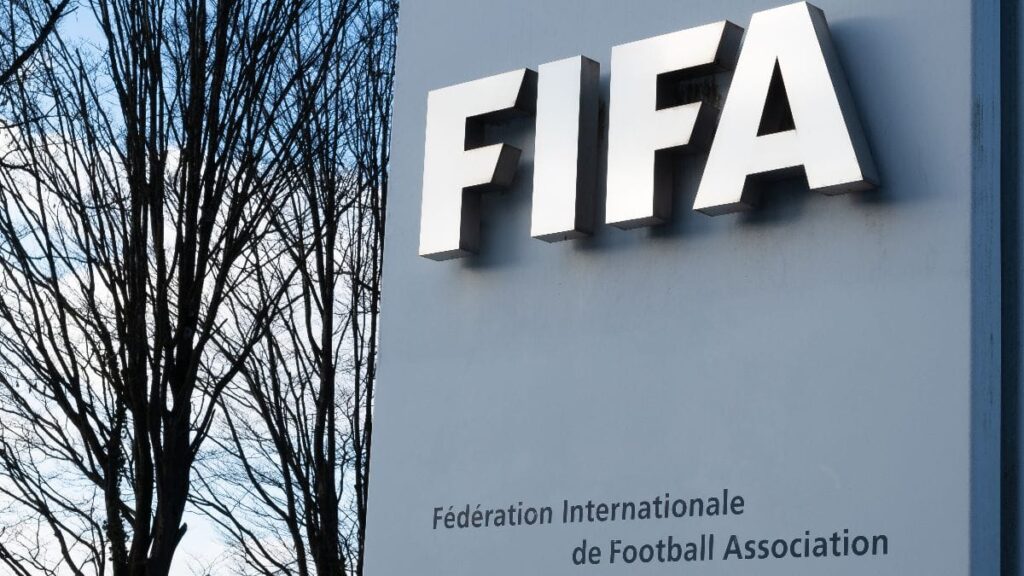Soccer’s main participant unions have made progress of their push for improved relaxation laws, following a gathering in New York between FIFA president Gianni Infantino and high representatives of worldwide gamers’ organisations.
The talks ended with a shared settlement on the need of constant relaxation durations throughout the worldwide sport.
Mounting issues over participant fatigue, heightened by FIFA’s choice to carry the first-ever 32-team Membership World Cup this summer season in the course of the European low season, have led unions to demand safeguards for athlete welfare.
Following discussions over the weekend, FIFA introduced {that a} “consensus” had been reached with gamers’ unions to determine a minimal 72-hour interval between matches, together with a required three-week break on the finish of every season.
FIFA additionally indicated it’s open to permitting participant union representatives to attend FIFA Council periods every time choices affecting gamers are on the agenda.
In a press release, FIFA outlined the scope of the discussions: “The assembly addressed key points regarding participant well being (each women and men), a high precedence on condition that it varieties a part of the occupational danger prevention framework established by the Worldwide Labour Organisation (ILO).
“FIFA and the participant unions reviewed upcoming joint tasks involving the world’s soccer governing physique and gamers’ consultant organisations, with a particular give attention to participant relaxation and restoration, in addition to competitions inside the context of the Worldwide Match Calendar (IMC).
💰🗣️ FIFA president Gianni Infantino on the 2025 Membership World Cup: “We’ve generated income of greater than $2bn. That’s $31m per sport. No different membership match comes shut.” 🏆 pic.twitter.com/vbO5Qe5O9Z
— EuroFoot (@eurofootcom) July 12, 2025
“There’s a consensus that there should be not less than 72 hours of relaxation between matches, and that gamers ought to have a relaxation interval/vacation of not less than 21 days on the finish of every season.
“This era ought to be managed individually by every membership and the respective gamers additionally relying on their match calendars and taking into consideration relevant collective agreements.
“Moreover, a relaxation day per week must also be deliberate, while being managed pragmatically.
“As well as, it was mentioned that participant journey — particularly long-haul intercontinental journeys — and the weather conditions underneath which matches are performed, ought to be thought-about when defining insurance policies for the upcoming IMC.”
This growth follows authorized motion taken in June 2024 by FIFPRO, together with the English and French participant unions, who filed a grievance with the European Union.
They accused FIFA of abusing its dominant market place by increasing worldwide fixtures – most notably via the enlargement of the World Cup and the creation of the Membership World Cup -without consulting participant representatives.
Forward of the Membership World Cup’s kickoff within the US, FIFPRO reiterated its name for a assured four-week offseason break annually.
FIFA, acknowledging the friction, has agreed that scheduling should strike a greater equilibrium.
“Concerning competitions, FIFA and the participant unions agreed on the significance of hanging the suitable stability between nationwide group soccer and membership soccer, on the one hand, and between home, continental, and international membership competitions then again,” the governing physique stated.
“You will need to create alternatives for gamers from all around the World to compete in high competitions as this boosts international soccer growth.
“Moreover, providing extra taking part in alternatives to gamers who usually are not on the highest worldwide degree was additionally recognized as a precedence.”

